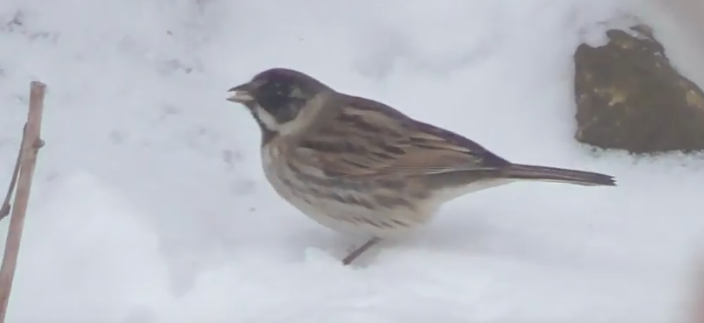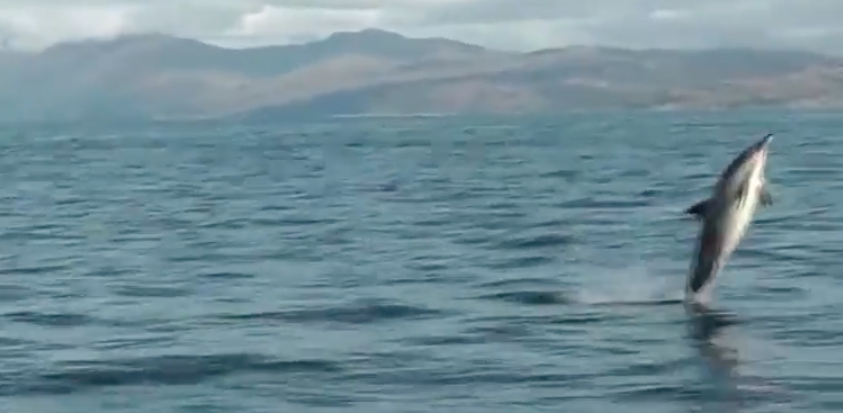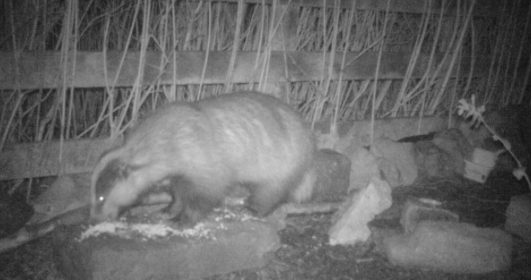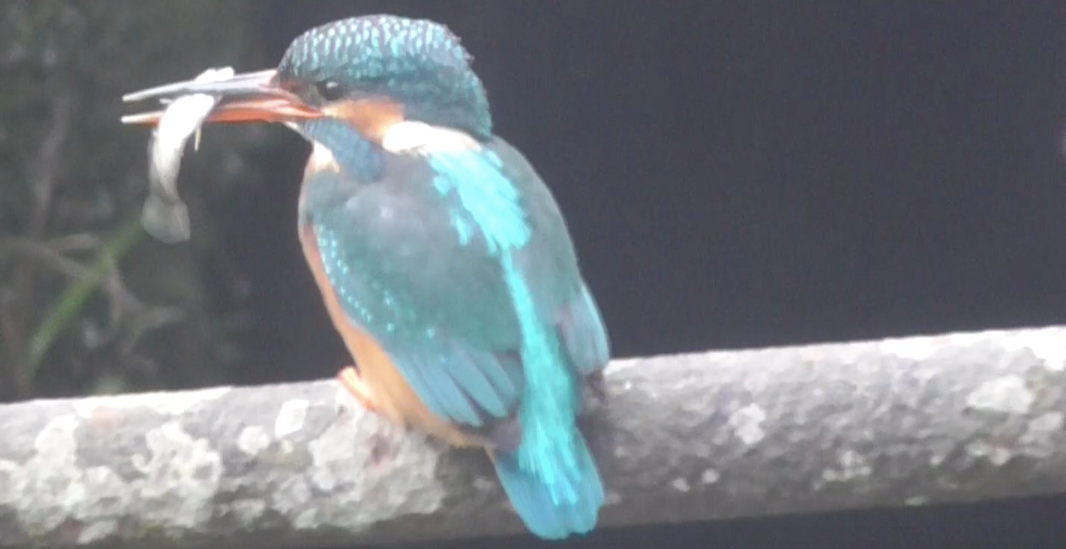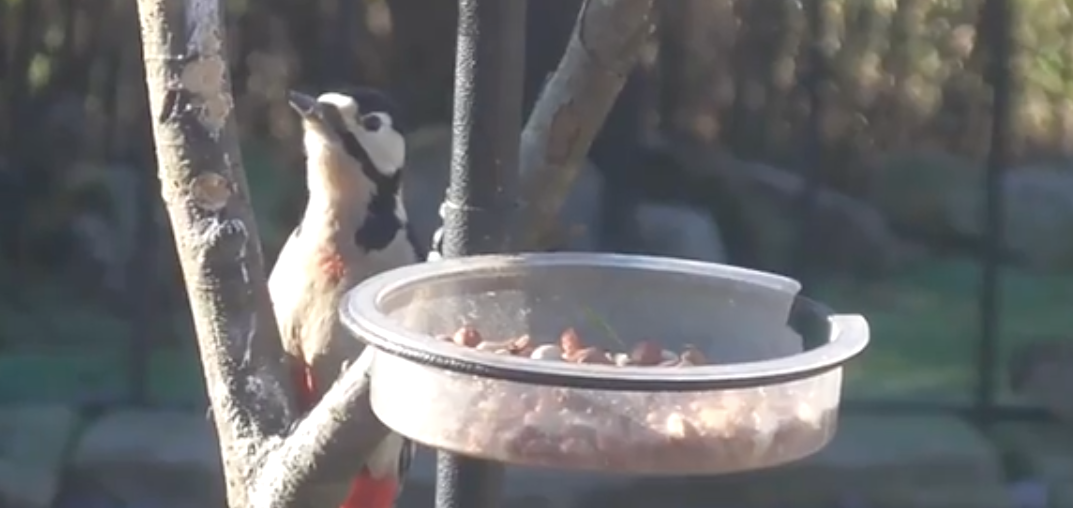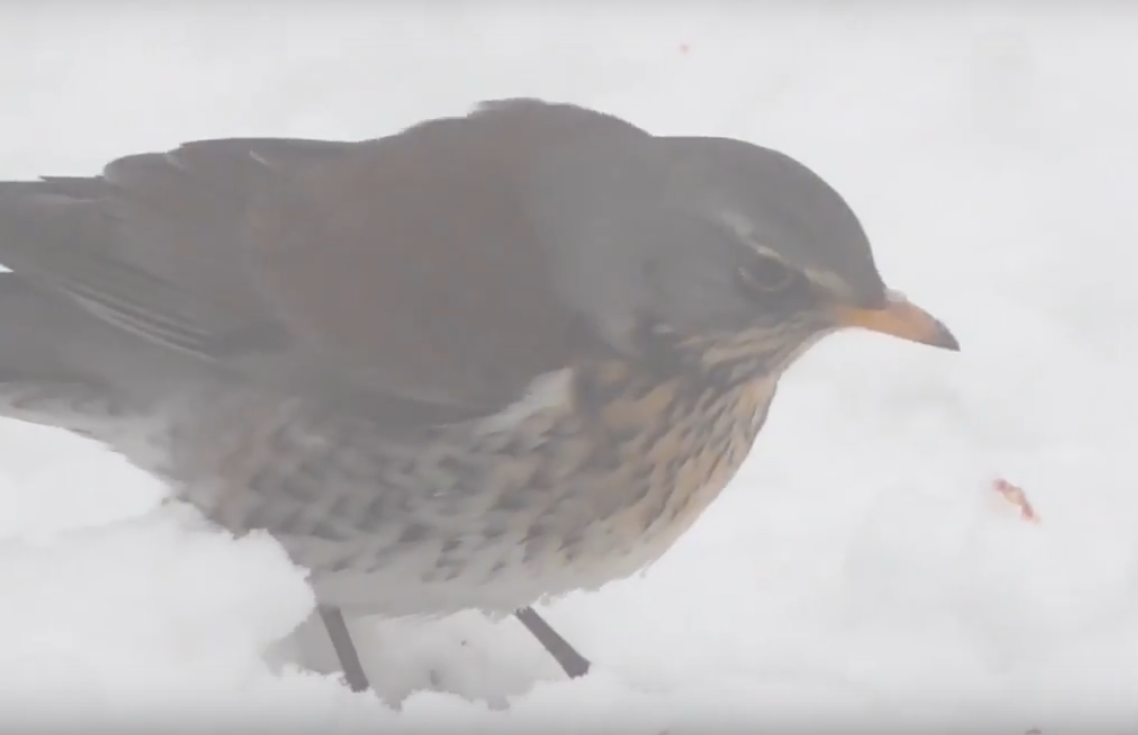draft
-
My skull collection
Mammals Badger, Meles meles Mummy found this skull in 2001 at the Goyt Valley. It is 12.3cm long. This is the best mammal skull of my collection, and probably one of my favourites. It is also the third largest skull in my collection, after the sheep’s and the great black-backed gull. Sheep I have two sheep skulls, one ram and one ewe. I remember finding the ewe’s skull at Minninglow last year. This lives in my den in the garden. The ram’s skull is the largest in my collection, and it won’t fit in my draw, so we’ve put it on my shelves. The ram was one mummy’s first skulls that she…
-
Redshank bits
In January, when we went to Snettisham, we found a dead redshank on the beach. We thought it was an oystercatcher at first, but when we examined it, we realised it was a redshank. We’ve managed to save the wings, one of the legs and the skull. Redshanks have a slightly downturned beak, as we realised when we had cleaned the skull. A greenshank, a relative of the redshank, has a slightly upturned bill. Greenshanks are larger than redshanks and more uncommon.
-
Great grey owl
The great grey owl is a large species the owl family native to Scandinavia and North America. They are one of the largest owls in the world and weigh over 2kg, have a wingspan of 1.6m and can 72cm tall. An adult has the head the size of a small child’s! Their prey consists mainly of voles but they will take song birds and crows. This owl nests in abandoned crows nests, but some people but old dog baskets in trees for them to raise their fluffy chicks. They dive head first into snow drifts after lemmings!
-
Snowy owl
The snowy owl is found across most of the Northern Hemisphere, with its range spanning from north-east Siberia to Canada. Sometimes, these owls get swept away from their migration routes in the winter and up on the shores of the UK. Snowy owls are the largest owls in the world excluding the eagle and great greys, and can weigh 2.5kg and have a wingspan of up to 1.55m. Due to there northerly breeding range, their are no trees where they nest so these beautiful owls have to nest on the ground.Lemmings make up a massive percentage of the snowy owls diet in the breeding season and one owl chick can…
-
Linnet
The linnet is a finch that visits the UK in summer from its wintering grounds in north Africa. This finch’s main habitat is moorland and farmland, and like its closest relative, the twite, it nests on the ground. Linnets have a crimson breast and a browny-grey back. Like most finch species, they have a stocky bill for crushing seeds. In size, the linnet is a bit larger and chunkier than a house sparrow, around 17cm long. Between 1970 and 2008, this beautiful summer visitor has declined by a massive 57% in just 38 years, putting it on the Red List in British birds, like the twite.
-
Pink-footed goose
The pink-footed goose is a winter visitor to Britain down the east coast. They are around 63cm long and are one of the smallest goose species. I have one of their skulls and on the top and bottom edge of the beak it has serrated edges and use it to grind up the grass they graze. We saw them take of in Snettisham, Norfolk, and thousands of them took of at once! Their closest relatives are bean geese, and the main difference in the two is the colour of their legs; the bean goose has orange legs and the pink-footy has pink legs.
-
Giant otter
Giant otters are the largest otters in the world and live in the Amazon and parts of Peru. They can weigh 55kg and be 2m long, the biggest otter in the world. Their prey consists of fish such as piranhas and catfish, but when they work as a team they can kill anacondas 5m in length. They are very protective of their young and they shall viciously attack and sometimes even kill black caimans. But one predator that is hard to fight off is the jaguar, which can kill a black caiman itself. They have the biggest bite of any big cat and could easily kill an adult otter if they…
-
Great skua
The great skua is the largest of the skua family and lives across the Northern Hemisphere and Antarctica. They can be as big as a buzzard with a wingspan of nearly 1.3m. These large seabirds eat puffins, young penguins, gannets, petrels, gulls and small mammals.

